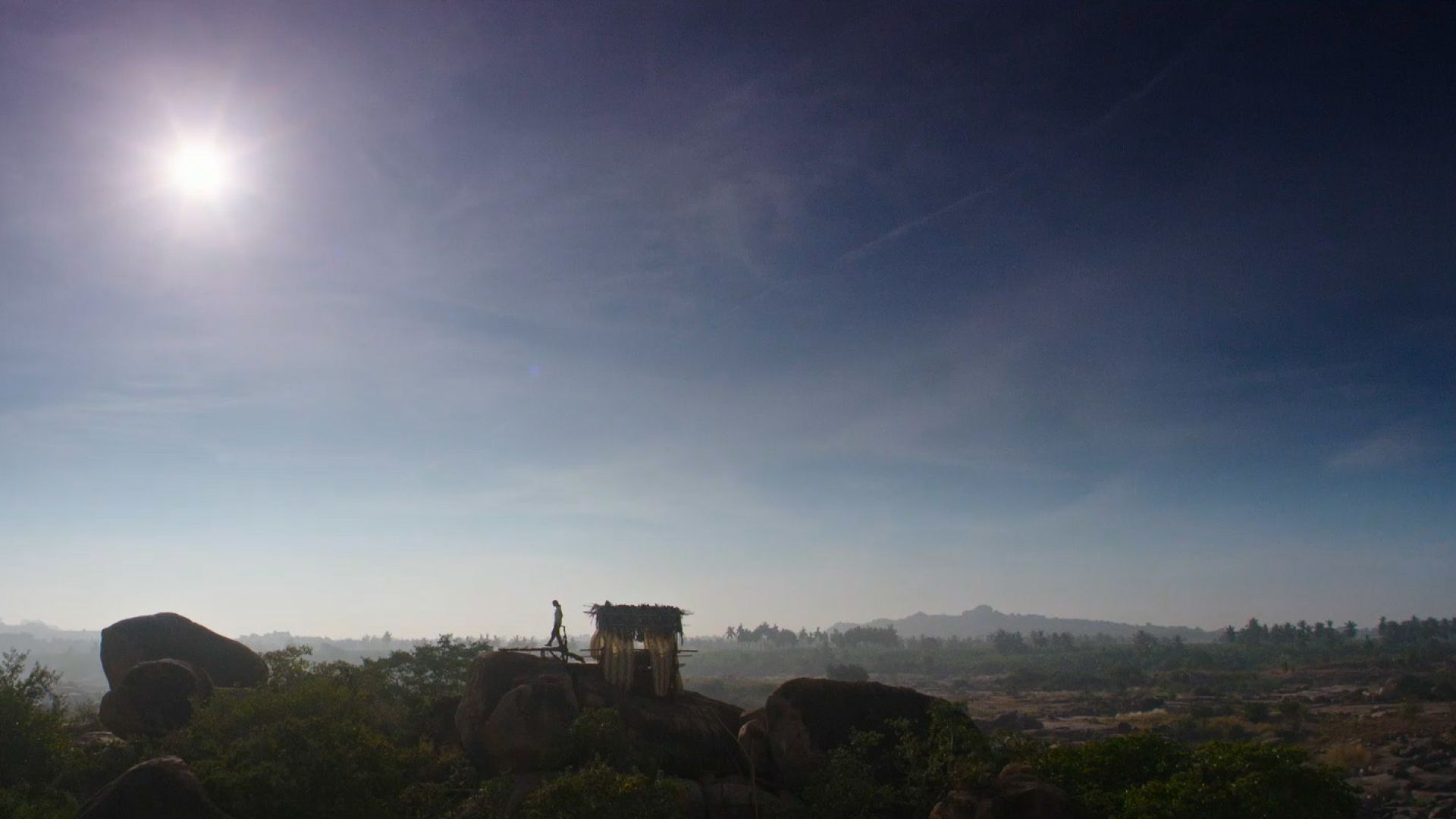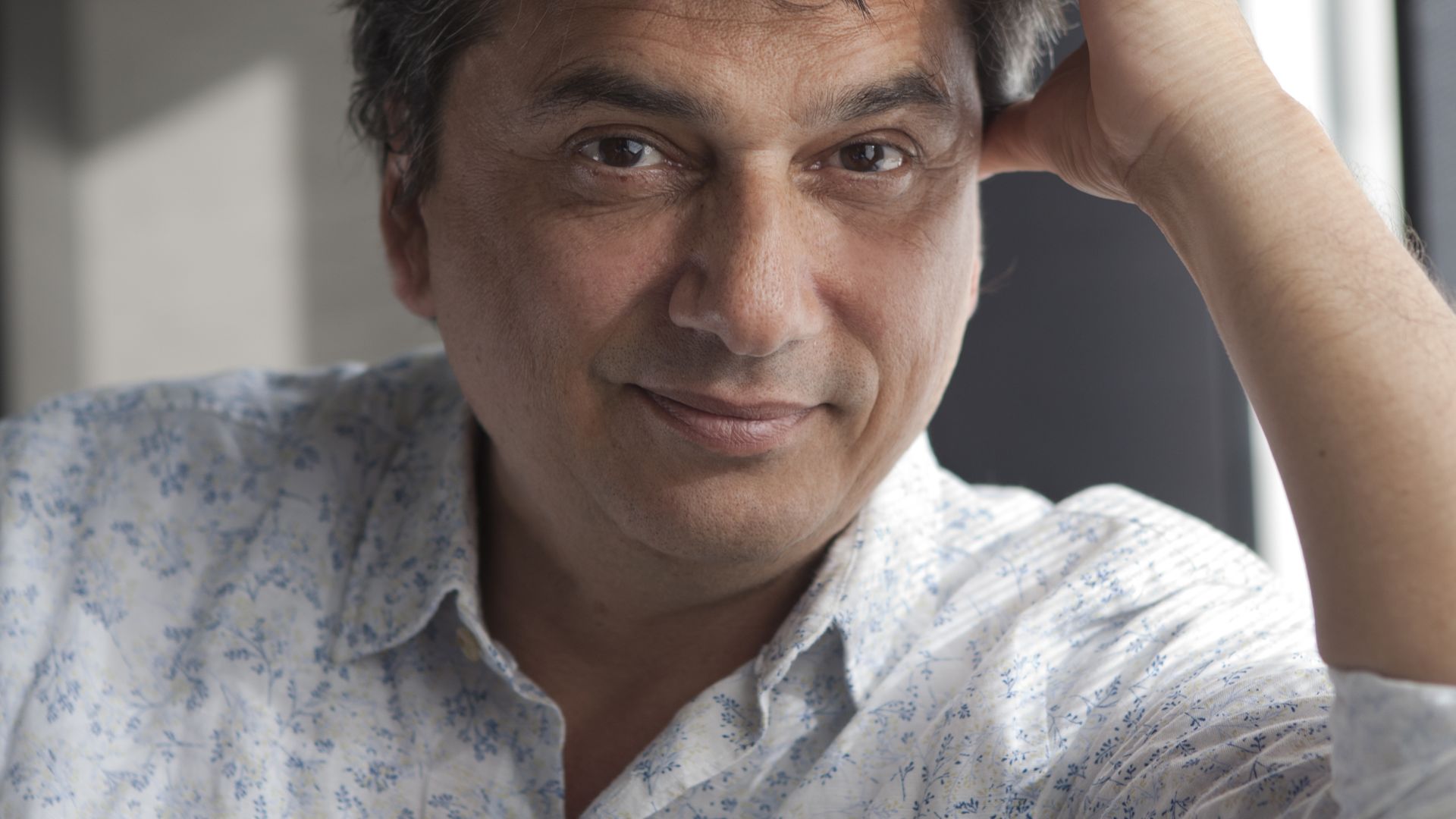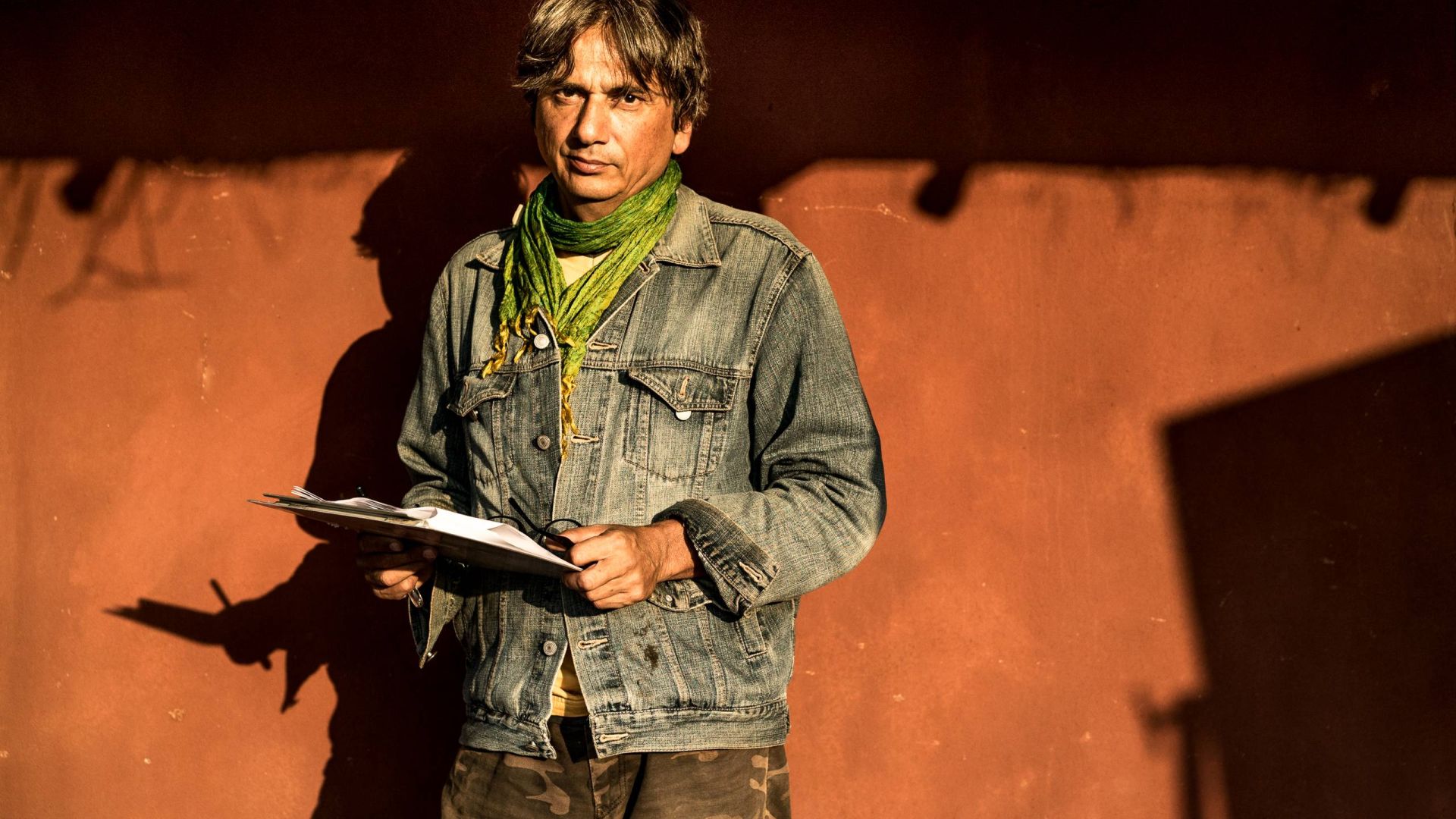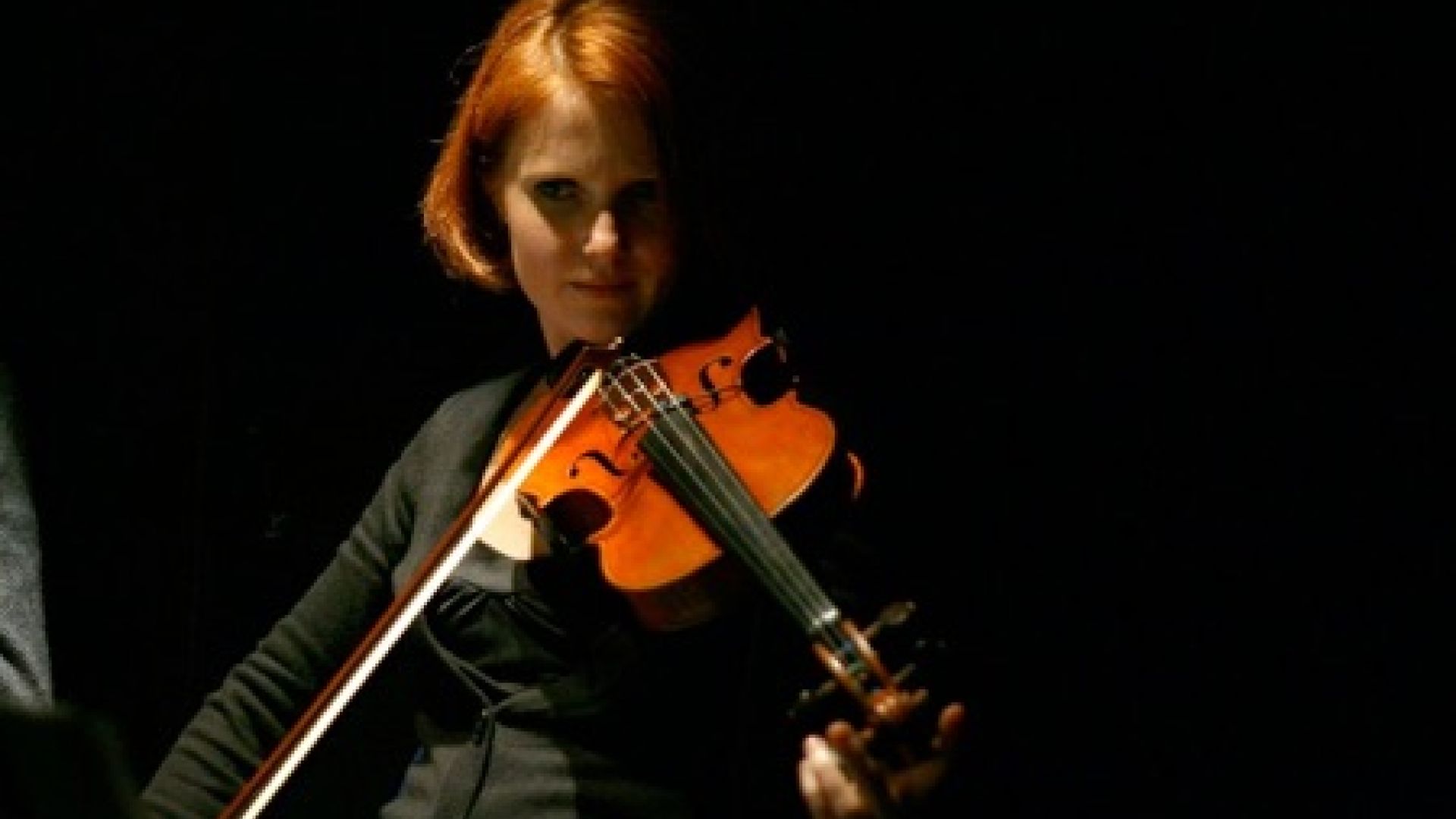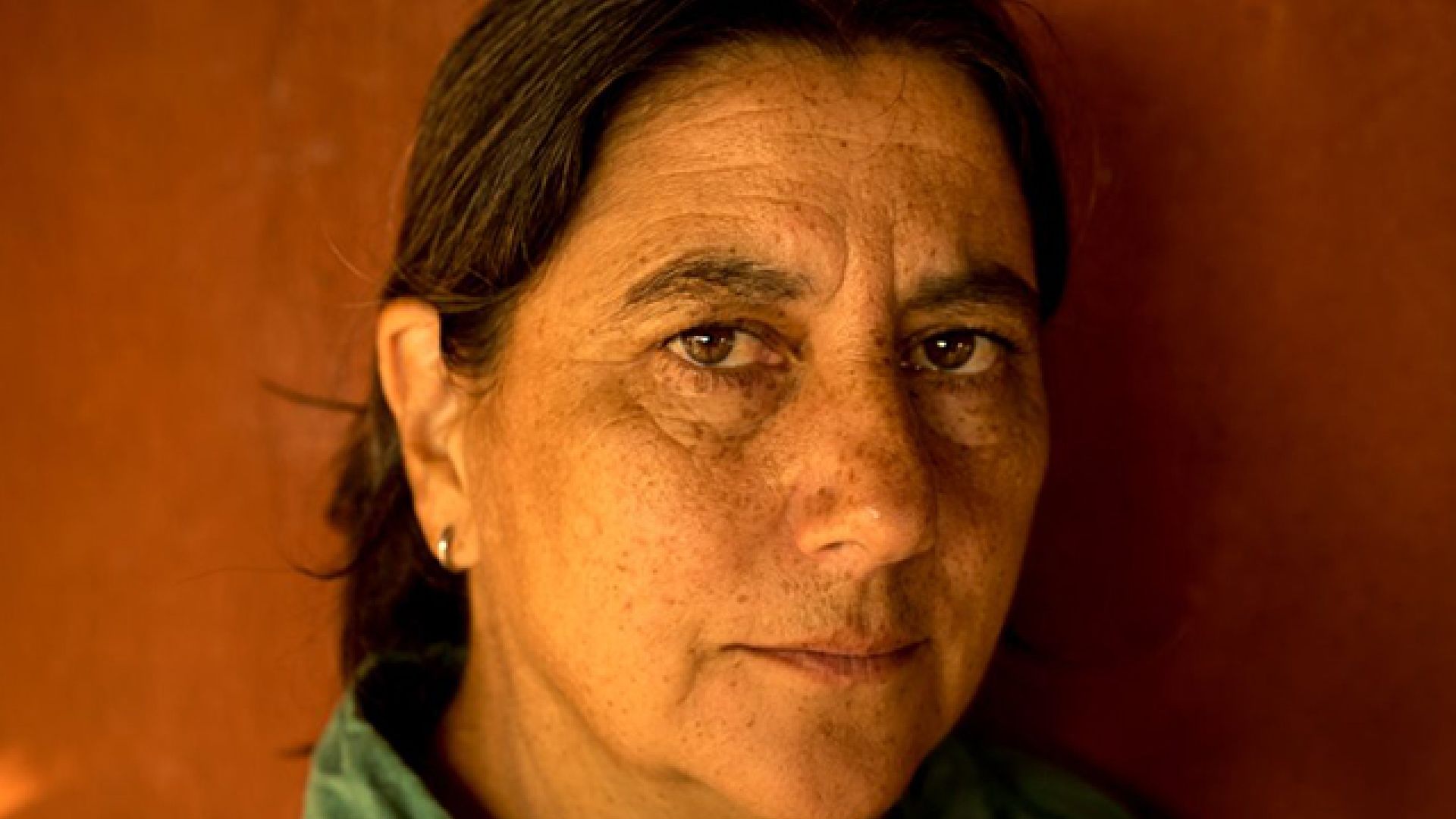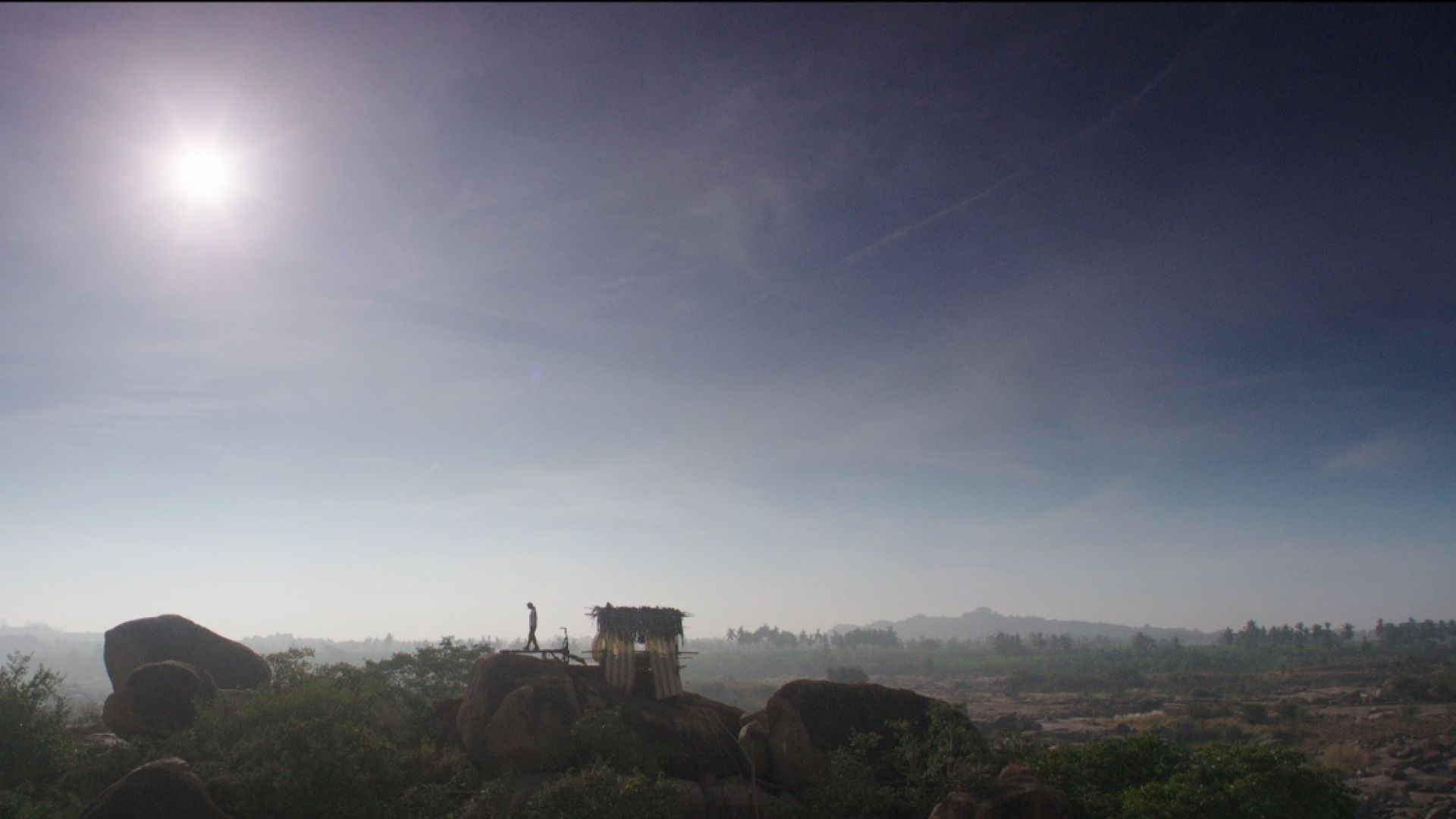Director’s note
Curry Western is a funny tale about the fight for property, probably the most basic human conflict in all cultures since the beginning of time. It shows that when both sides believe that their end justifies any means, then everyone can be caught fighting to their death.
To expose this conflict, I have chosen to place a British woman of Indian origin opposite a white European hippie in India. As both of them have turned their back to the culture of their origin, these characters exacerbate the link between property and culture and provide an original setting for this picture.
In Curry Western, the humour is in line with the Commedia dell’arte, developed in the Italian comedy films of the 50s and the 60s, and it is also something I see in the work of Black Edwards, the performances of Peter Sellers, and in the English humour in general. I try to bring into the movie that smile, that sweetness, that subtle caricature that avoids cynicism. Despite the disintegration of human relationships, I try to stay hopeful and always look at the characters with a smile.
The film’s artistic approach revealed itself while writing the story of the couple, which is at the centre of the conflict. It seemed appropriate to find a reclusive spot for them to be forced to confront the fact that they needed to break free from each other, and find the courage to do what they really want in life.
As I thought back to the Indian scenery I had visited in Hampi years back, which is made up of big red rocks in a somewhat deserted landscape, it reminded me of John Ford’s classic westerns, in which you find stories of Indians dispossessed of their territories by White Cowboys. Indians in India too have been exploited by the White; first by the colonisers, and after them came post-industrial companies from the West. And Indians also use violence to safeguard their territories and identity.
The thematic of property really fit the classic western genre, so I used this as a basic artistic approach to shoot the movie, with a camera constantly on tripods and tracks, and not on the shoulder, and with elements of the traditional western.
Curry Western has not any defined genre, but it is a mixture of genres. It’s a Western without Americans, which takes place in India… There are no horses, but an elephant. There are all the ingredients of the archetypal Western: a rifle, barbed wire, dynamite… And even some Indians! If you mix these ingredients into this magnificent, lunar landscape, in which our characters are fighting for property, and if you shake it with some black humour, there you are: it’s a Curry Western !
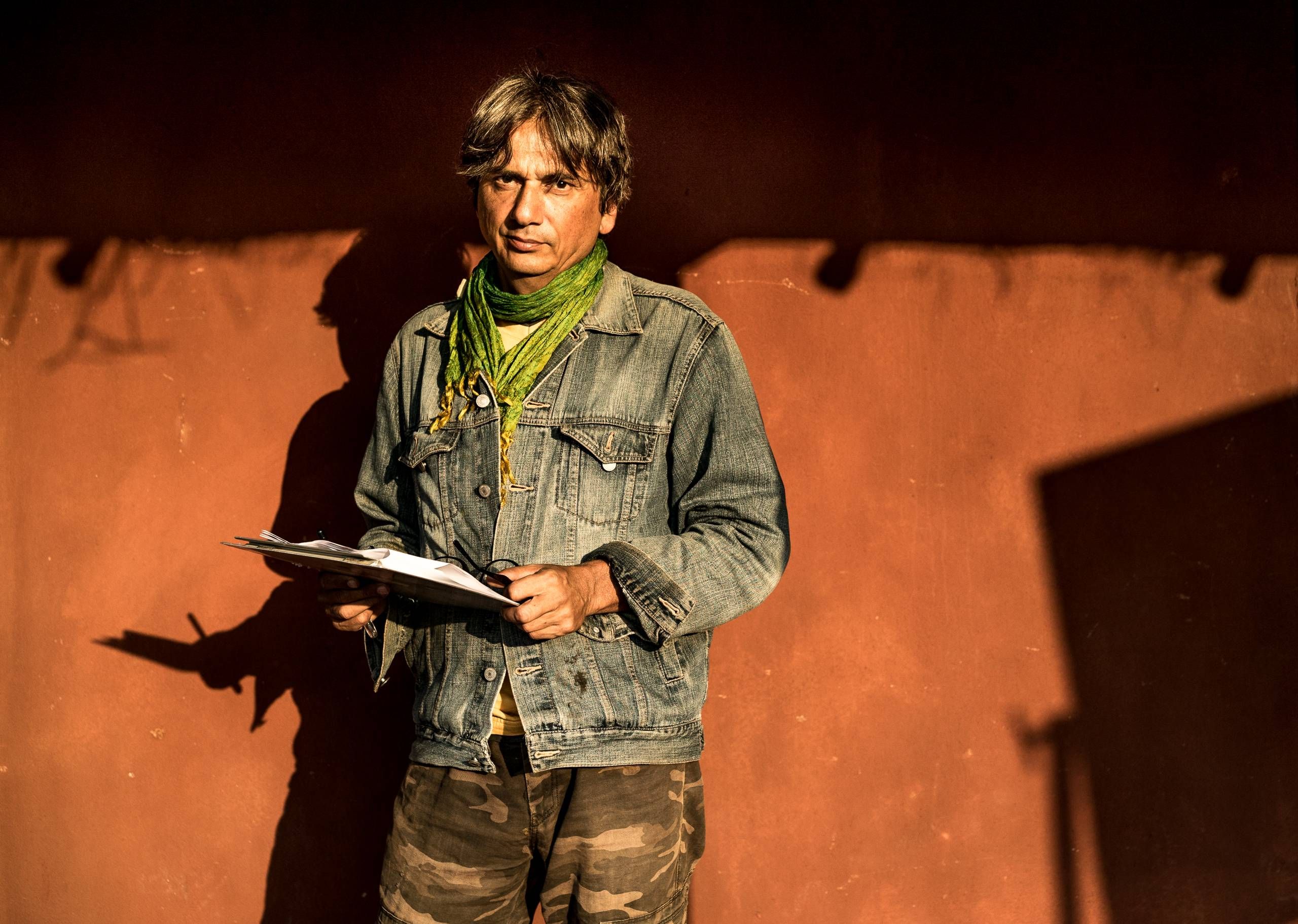
Director’s note
Curry Western is a funny tale about the fight for property, probably the most basic human conflict in all cultures since the beginning of time. It shows that when both sides believe that their end justifies any means, then everyone can be caught fighting to their death.
To expose this conflict, I have chosen to place a British woman of Indian origin opposite a white European hippie in India. As both of them have turned their back to the culture of their origin, these characters exacerbate the link between property and culture and provide an original setting for this picture.
In Curry Western, the humour is in line with the Commedia dell’arte, developed in the Italian comedy films of the 50s and the 60s, and it is also something I see in the work of Black Edwards, the performances of Peter Sellers, and in the English humour in general. I try to bring into the movie that smile, that sweetness, that subtle caricature that avoids cynicism. Despite the disintegration of human relationships, I try to stay hopeful and always look at the characters with a smile.
The film’s artistic approach revealed itself while writing the story of the couple, which is at the centre of the conflict. It seemed appropriate to find a reclusive spot for them to be forced to confront the fact that they needed to break free from each other, and find the courage to do what they really want in life.
As I thought back to the Indian scenery I had visited in Hampi years back, which is made up of big red rocks in a somewhat deserted landscape, it reminded me of John Ford’s classic westerns, in which you find stories of Indians dispossessed of their territories by White Cowboys. Indians in India too have been exploited by the White; first by the colonisers, and after them came post-industrial companies from the West. And Indians also use violence to safeguard their territories and identity.
The thematic of property really fit the classic western genre, so I used this as a basic artistic approach to shoot the movie, with a camera constantly on tripods and tracks, and not on the shoulder, and with elements of the traditional western.
Curry Western has not any defined genre, but it is a mixture of genres. It’s a Western without Americans, which takes place in India… There are no horses, but an elephant. There are all the ingredients of the archetypal Western: a rifle, barbed wire, dynamite… And even some Indians! If you mix these ingredients into this magnificent, lunar landscape, in which our characters are fighting for property, and if you shake it with some black humour, there you are: it’s a Curry Western !
